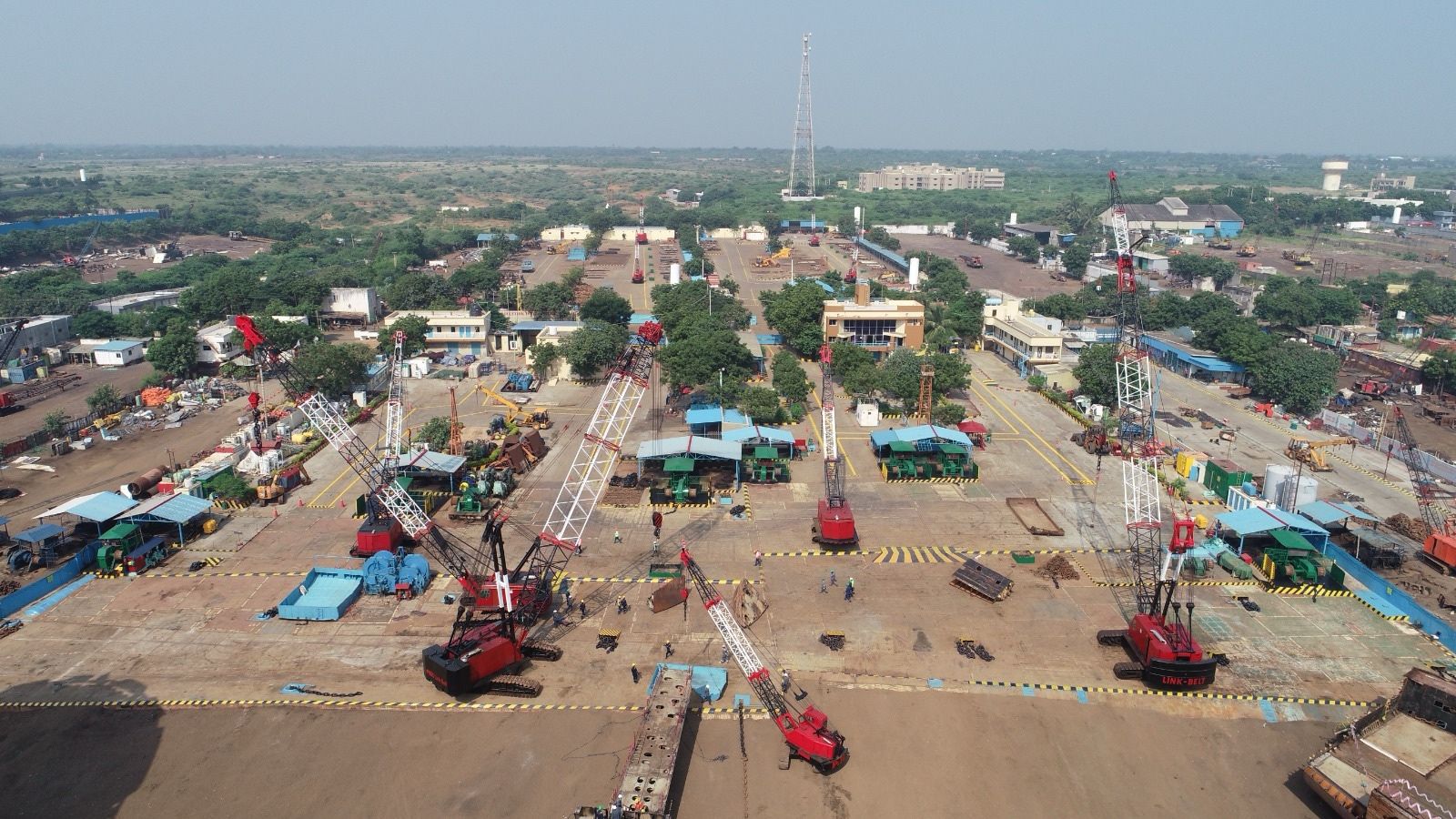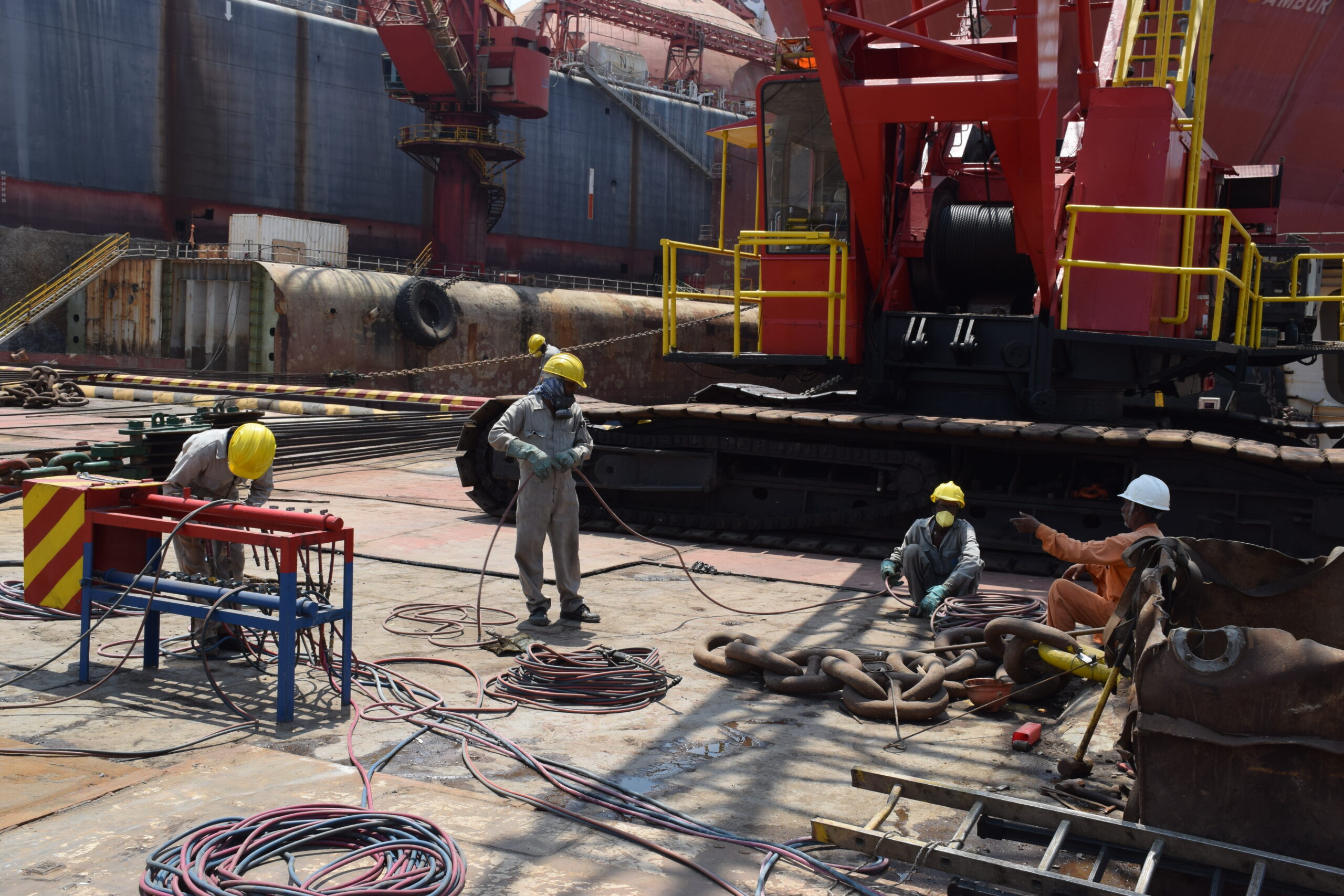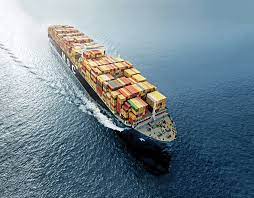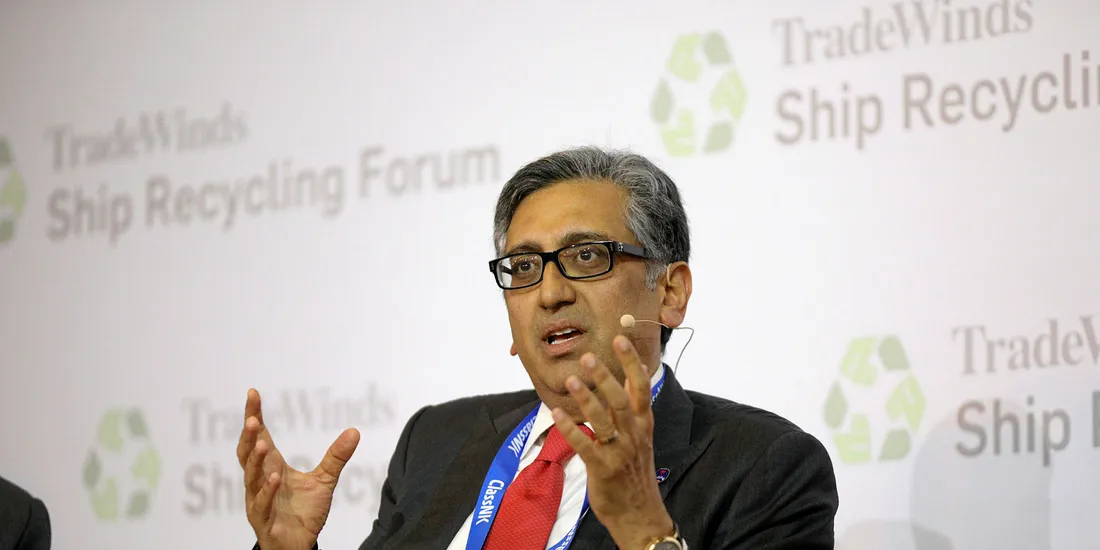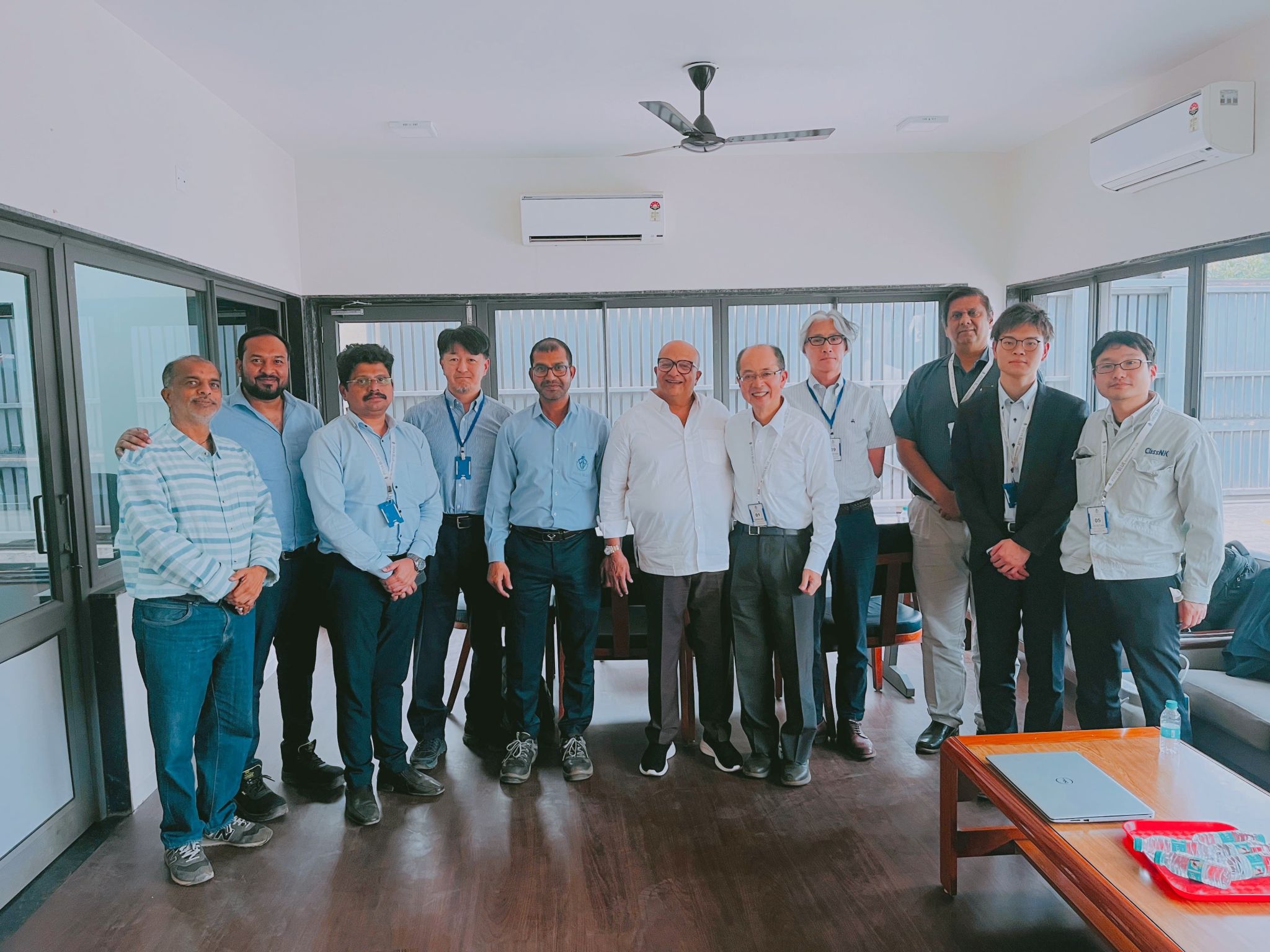Global Ship Recycling Market Set to Surge to $13 Billion by 2030
August 14, 2025 — By Staff Reporter

The global ship recycling industry is on the brink of a major growth wave, with market size expected to jump from $9.1 billion in 2025 to $13 billion by 2030, according to a new study released by BCC Research. This represents a healthy compound annual growth rate (CAGR) of 7.4% over the forecast period, fueled by surging demand for scrap steel, the aging of the world’s shipping fleet, and tightening environmental regulations.
The report offers a deep dive into both the numbers and the underlying trends, combining statistical forecasts with an analysis of technological, regulatory, and market shifts. It measures performance in revenue terms, segmented by vessel type, size, and recycling method, and sheds light on the rapidly changing dynamics of an industry that sits at the intersection of maritime trade, steel manufacturing, and environmental stewardship.
A Market in Transition
The timing of the study could not be more significant. On June 26, 2025, the Hong Kong International Convention for the Safe and Environmentally Sound Recycling of Ships officially came into force, 16 years after it was adopted by the International Maritime Organisation (IMO). Its primary aim is to ensure that ships at the end of their operational lives are dismantled in ways that minimize harm to human health, safety, and the environment.
The enforcement of this global standard marks a turning point for ship recycling practices, particularly in South Asia, where most shipbreaking has traditionally taken place on tidal beaches with limited safeguards. For operators, compliance will require infrastructure upgrades, better worker protections, and stricter waste management protocols — factors that could reshape the competitive landscape of the industry.
Key Drivers of Growth
1. Rising Demand for Scrap Steel
Ship recycling plays a critical role in supplying scrap steel to global markets. The steel recovered from dismantled vessels is a valuable feedstock for steel production, especially in emerging economies with expanding infrastructure needs. Unlike newly mined iron ore, recycled steel significantly reduces energy consumption and carbon emissions in production.
With countries such as India, Bangladesh, and Pakistan continuing large-scale infrastructure projects, demand for affordable, eco-friendly steel is expected to keep growing, and ship recycling remains one of its most reliable sources.
2. Aging Shipping Fleet
A large portion of the global merchant fleet is approaching or has already surpassed its economic lifespan. Older ships are more expensive to operate due to higher fuel consumption, more frequent maintenance needs, and stricter emission requirements under international regulations. As these vessels are phased out, they will enter the recycling pipeline, providing a steady supply of tonnage for dismantling yards.
3. Stringent End-of-Life Regulations
Both international frameworks like the Hong Kong Convention and regional laws are pushing shipowners to use certified, environmentally sound recycling facilities. These policies are expected to drive more business toward yards that meet global safety and environmental standards, particularly in countries that have invested in upgrading their infrastructure.
Market Structure and Segmentation
The BCC Research study breaks the market into three main categories:
-
By Vessel Type: Bulk carriers, container ships, oil tankers, general cargo ships, and others. In 2024, bulk carriers, container ships, and general cargo ships together accounted for 60% of global ship recycling revenue.
-
By Vessel Size: Below 60,000 DWT, between 60,000 and 125,000 DWT, and above 125,000 DWT.
-
By Recycling Method: Beaching, dry-docking, alongside/pier-breaking, and other emerging techniques.
The beaching method — in which vessels are run aground on tidal flats and dismantled manually — is expected to remain dominant through 2030, particularly in South Asia, due to its lower costs and large available workforce. However, dry-docking and pier-breaking methods are gaining attention for their higher safety and environmental standards.
Regional Dynamics: South Asia Leads the Way
Geographically, the market is heavily concentrated. Bangladesh, India, and Pakistan together control more than 90% of global ship recycling capacity. Bangladesh leads the pack, largely due to the high prices offered by its recyclers and relatively less stringent enforcement of environmental rules compared to other jurisdictions.
Turkey is another significant player, particularly for European-flagged vessels, thanks to its EU-compliant recycling facilities. The “Rest of the World” category — which includes emerging facilities in the Middle East, East Asia, and the Americas — is expected to grow steadily as more countries invest in safer and greener recycling infrastructure.
Notable Industry Developments
The report highlights several key corporate moves shaping the market’s future:
-
Wreckdock Vessel Recycling recently opened a new facility in Saudi Arabia, designed to meet international safety and environmental standards for dismantling ships and offshore assets.
-
Elegant Exit Co. is pioneering a model that integrates vessel ownership with planned recycling, allowing it to control the end-of-life process more efficiently and profitably.
Market leaders identified in the study include:
ALANG SOSIYA SHIP RECYCLING YARD, DORTEL GEMI SOKUM, EMR USA HOLDINGS INC., KSRM STEEL PLANT LTD., LEELA WORLDWIDE GROUP, LEYAL GEMI SOKUM, MARINE METALS, MRC PORT COLBORNE, OSM THOME, PRIYA BLUE INDUSTRIES, R.L. KALTHIA SHIP BREAKING PVT. LTD., SALASAR BALAJI SHIP BREAKERS PVT. LTD., SPOT SHIPPING A.S., VMS INDUSTRIES LTD., and WIRANA.
Challenges Facing the Industry
Despite strong growth prospects, the sector faces several headwinds:
-
Limited Availability of Vessels: Global shipping demand and high freight rates may prompt shipowners to extend the operational life of their vessels, delaying recycling activity.
-
Health Hazards: Inadequate safety measures in some recycling yards pose risks to workers, including exposure to asbestos, heavy metals, and other hazardous substances.
-
Environmental Concerns: Poor waste management can result in severe contamination of coastal ecosystems. Addressing these issues requires substantial investment in infrastructure and training.
Interesting Facts from the Report
-
Breaking down a 40,000-ton vessel can take about three months and requires a team of around 50 workers.
-
The industry’s reliance on manual labor in developing countries is both an economic driver and a safety challenge.
-
The steel recovered from one large ship can be enough to build multiple skyscrapers or hundreds of cars.
Outlook to 2030
With its 7.4% CAGR projection, the ship recycling market is set for robust expansion, driven by the dual forces of economic opportunity and regulatory pressure. The interplay between low-cost dismantling in South Asia and the rise of safer, more sustainable facilities in other regions will define the competitive landscape in the years ahead.
As the Hong Kong Convention reshapes industry norms, shipowners and recycling firms alike will need to adapt quickly. Those that invest in compliance, worker safety, and environmental stewardship are likely to be the biggest winners in this new era of ship recycling.
The global industry’s transformation also carries significant implications for climate change mitigation, resource efficiency, and the livelihoods of thousands of workers. If managed well, the shift toward safer and greener recycling could turn an often-criticised sector into a model for circular economy practices in heavy industry.
Report Synopsis at a Glance
-
Base Year Considered: 2024
-
Base Year Market Size: $7 billion
-
Forecast Period: 2025–2030
-
Market Size by 2030: $13 billion
-
Growth Rate: CAGR 7.4%
-
Segments Covered: Vessel Type, Vessel Size, Recycling Method
-
Countries Covered: Bangladesh, India, Pakistan, Turkey, Rest of World
-
Key Drivers: Scrap Steel Demand, Aging Fleet, End-of-Life Regulations
The BCC Research report concludes that while the ship recycling industry faces considerable operational and ethical challenges, it also stands at the threshold of a more sustainable future. The coming years will determine whether the sector’s rapid growth can be matched by equally rapid improvements in safety, transparency, and environmental performance.
If you want, I can also prepare a companion visual infographic summarising the market size, top countries, and key growth drivers so the article is more visually engaging for readers. This could make it more impactful for publication.
Author: shipping inbox
shipping and maritime related web portal




